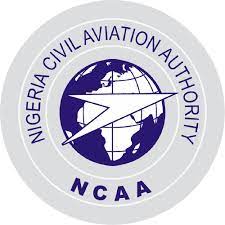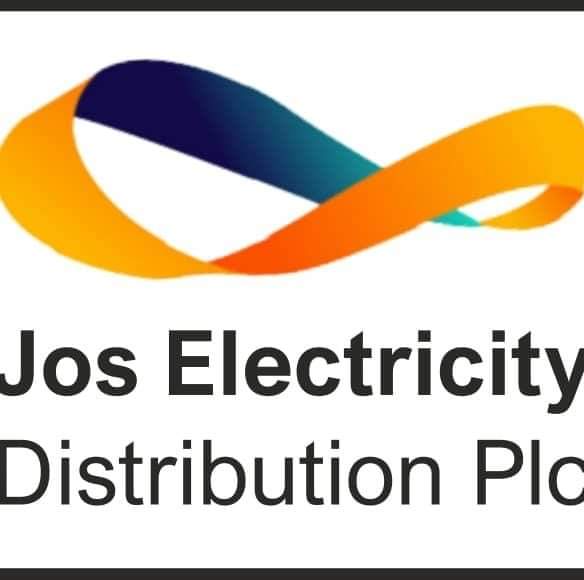Nigeria’s Civil Aviation Authority (CAA) has issued a warning to pilots and airline operators, urging them to exercise caution as the dry season approaches and hazardous weather conditions may arise. The Nigerian Meteorological Agency (NiMET) released a weather advisory notifying the public about the potential deterioration in visibility due to dust haze moving into the country from the source region.
According to NiMET’s General Manager of Public Relations, Muntari Yusuf Ibrahim, winds exceeding 10 meters and 925hPha are conducive to the propagation of dust haze into the Northern parts of the country. NiMET identified stations in the source region, including Niger (Goure, Zinder, Maine-Soroa, Diffa, N-Guigmi, and 61091), where horizontal visibility is expected to range from 800 meters to 6000 meters in the next 24 hours, based on available models.
As a result of strong winds, the suspended dust is expected to spread to several states in the northern part of Nigeria. This will lead to further reductions in horizontal visibility, particularly over Katsina, Kano, Nguru, Jigawa, Potiskum, and Maiduguri in the coming 24 hours.
In response to the advisory, the Director-General of Civil Aviation, Captain Musa Nuhu, emphasized that the information aims to alert pilots about the weather conditions associated with the dry season in Nigeria. These conditions range from light/moderate to severe dust haze and occasional early morning fog, which can reduce horizontal visibility to levels below the prescribed aerodrome operating minima.
Nuhu urged members of the general public to take necessary precautions when planning their trips to avoid unnecessary flight delays. He outlined the effects of hazardous weather on flight operations, including reduced air-to-ground visibility, potential fall of aerodrome visibility below prescribed operating minima, and, in severe conditions, the possibility of dust haze obstructing runways, markers, and airfield lighting over vast areas, making visual navigation extremely challenging or even impossible. Flight delays, diversions, or cancellations can also be expected if terminal visibility falls below the prescribed aerodrome operating minima.
To ensure safety, Nuhu advised pilots, operators, and air traffic controllers to abide by the recommended safety measures. This includes the closure of airspace by air traffic controllers when adverse weather conditions are observed or forecasted by NiMET.
He stressed the importance of adhering to published aerodrome weather minima by flight crews, operators, and air traffic controllers. Pilots and flight crew members are instructed to obtain adequate weather information and briefings from NiMET Aerodrome Meteorological Offices and Stations prior to flight operations. They should also exercise utmost restraint when adverse weather is observed.
Furthermore, Nuhu emphasized that operators should implement necessary measures to minimize the impact of delays or cancellations on passengers. He urged passengers to exercise patience and understanding during this period, emphasizing that their safety remains of utmost importance.
Airline operators and stakeholders are strongly advised to access weather reports for effective planning, as violations of safety requirements will be taken seriously.
The Nigerian Civil Aviation Authority’s cautionary advice aims to ensure the safety of air travel during the approaching hazardous weather conditions. By following the recommended guidelines and taking necessary precautions, the aviation industry can minimize disruptions and enhance the safety of all passengers and crew members.

























